Worksheet Solutions: Filling and Lifting | Worksheets with solutions for Class 3 PDF Download
Q1: Fill in the blanks with 'more' or 'less' to complete the sentences.
(i) A small bottle can hold ______ juice than a big bottle. 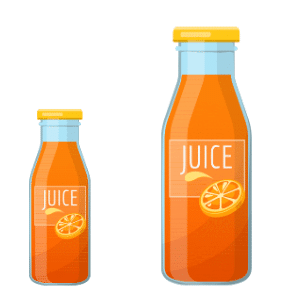 Ans: A small bottle can hold less juice than a big bottle.
Ans: A small bottle can hold less juice than a big bottle.
Compare the capacity of the small bottle to the big bottle. The small bottle has a smaller capacity for holding juice.
(ii) An empty box weighs ______ than a box filled with books. 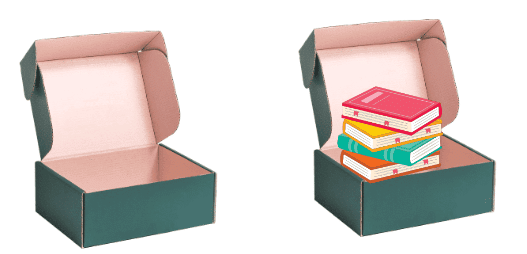 Ans: An empty box weighs less than a box filled with books.
Ans: An empty box weighs less than a box filled with books.
Compare the weight of an empty box to a box filled with books. The empty box is lighter than the box filled with books.
(iii) A bucket can hold ______ water than a glass. 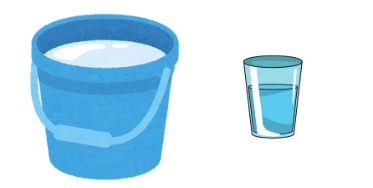 Ans: A bucket can hold more water than a glass.
Ans: A bucket can hold more water than a glass.
Compare the capacity of a bucket to a glass. A bucket can hold a larger amount of water than a glass.
(iv) A truck can carry ______ boxes than a bicycle. 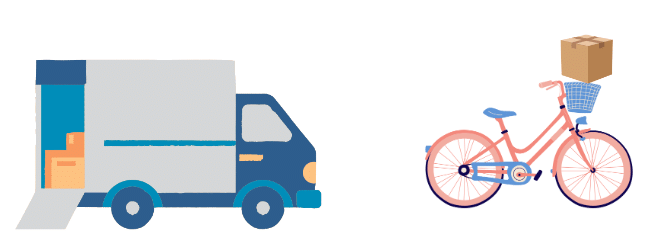 Ans: A truck can carry more boxes than a bicycle.
Ans: A truck can carry more boxes than a bicycle.
Compare the capacity of a truck to a bicycle. A truck can transport a greater number of boxes than a bicycle.
(v) A full basket weighs ______ than an empty basket. 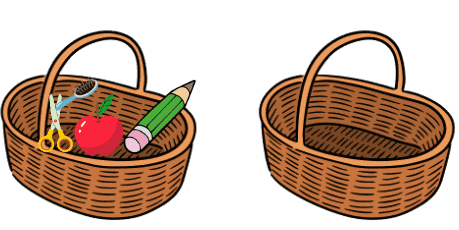 Ans: A full basket weighs more than an empty basket.
Ans: A full basket weighs more than an empty basket.
Compare the weight of a full basket to an empty basket. The full basket is heavier than the empty basket.
(vi) A big suitcase can hold ______ clothes than a small bag.  Ans: A big suitcase can hold more clothes than a small bag.
Ans: A big suitcase can hold more clothes than a small bag.
Compare the capacity of a big suitcase to a small bag. The big suitcase can accommodate a larger number of clothes.
(vii) A full glass has ______ water than a half-full glass.  Ans: A full glass has more water than a half-full glass.
Ans: A full glass has more water than a half-full glass.
Compare the amount of water in a full glass to a half-full glass. The full glass contains a greater quantity of water.
Q2: Choose the appropriate word in the following sentences:
(i) The bottle holds more than/less than 500 milliliters. 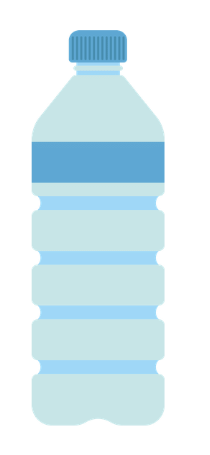 Ans: The bottle holds more than 500 milliliters.
Ans: The bottle holds more than 500 milliliters.
(ii) The bucket holds more than/less than 5 liters. 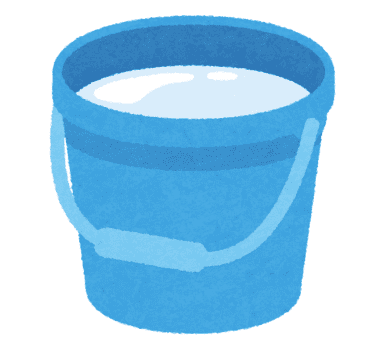 Ans: The bucket holds more than 5 liters.
Ans: The bucket holds more than 5 liters.
(iii) The cup holds more than/less than 250 milliliters.  Ans: The cup holds less than 250 milliliters.
Ans: The cup holds less than 250 milliliters.
(iv) The tank holds more than/less than 1000 liters. 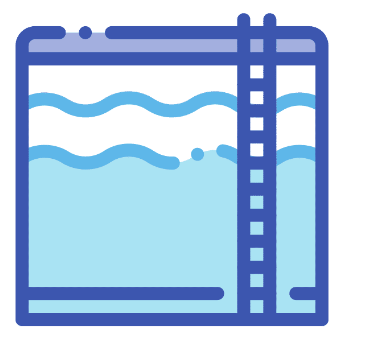 Ans: The tank holds more than 1000 liters.
Ans: The tank holds more than 1000 liters.
(v) The pot holds more than/less than 2 liters.  Ans: The pot holds less than 2 liters.
Ans: The pot holds less than 2 liters.
(vi) The can holds more than/less than 1 liter. 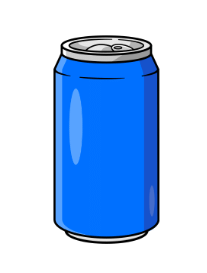 Ans: The can holds less than 1 liter.
Ans: The can holds less than 1 liter.
(vii) The carton holds more than/less than/exactly 1 liter. 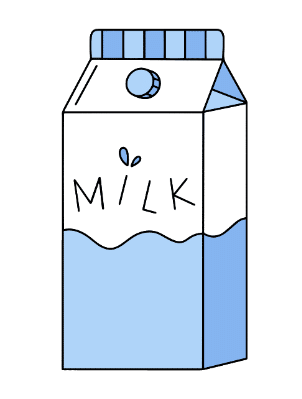 Ans: The carton holds exactly 1 liter.
Ans: The carton holds exactly 1 liter.
Q3: Write the names of the objects that are 1 kilogram.
Ans: 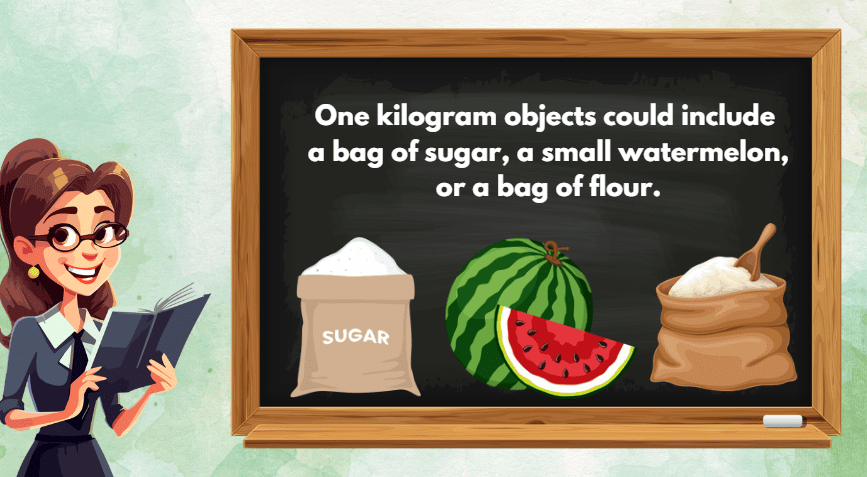 To find objects that weigh 1 kilogram, you can use a weighing scale. Place the object on the scale and check the reading. If it shows 1 kilogram, then that object weighs 1 kilogram.
To find objects that weigh 1 kilogram, you can use a weighing scale. Place the object on the scale and check the reading. If it shows 1 kilogram, then that object weighs 1 kilogram.
Q4: Which is lighter, a feather or a rock? 
Ans: A feather is lighter than a rock.
We know that feathers are very light compared to rocks because they are made of lightweight materials.
Q5: Which is heavier, a pencil or a book? 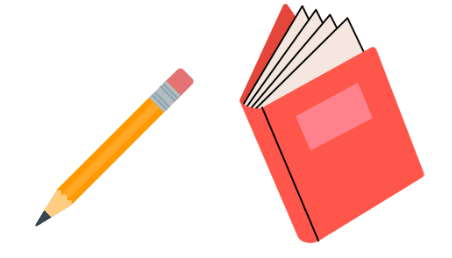 Ans: A book is heavier than a pencil.
Ans: A book is heavier than a pencil.
Books are usually heavier than pencils because they have more pages and are made of denser materials.
Q6: Compare the weight of a balloon filled with air and a balloon filled with water.
Ans: A balloon filled with water is heavier than a balloon filled with air.
Water is denser and heavier than air, so a balloon filled with water will weigh more than a balloon filled with air.
FAQs on Worksheet Solutions: Filling and Lifting - Worksheets with solutions for Class 3
| 1. What are the main concepts of filling and lifting in science? |  |
| 2. How do we demonstrate filling and lifting in everyday life? |  |
| 3. What experiments can we do to learn about filling and lifting? |  |
| 4. Why is it important to understand filling and lifting in our daily lives? |  |
| 5. How can teachers explain filling and lifting to children effectively? |  |
















